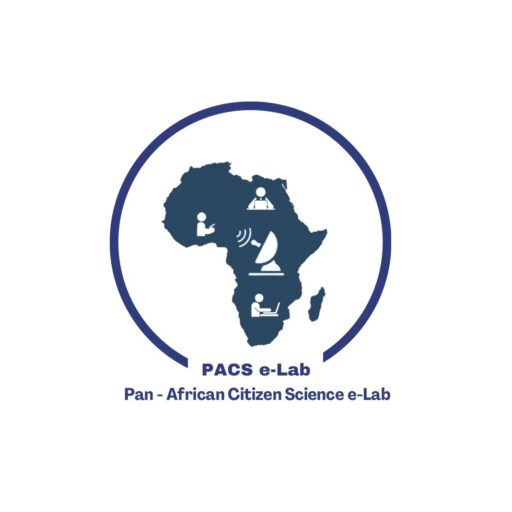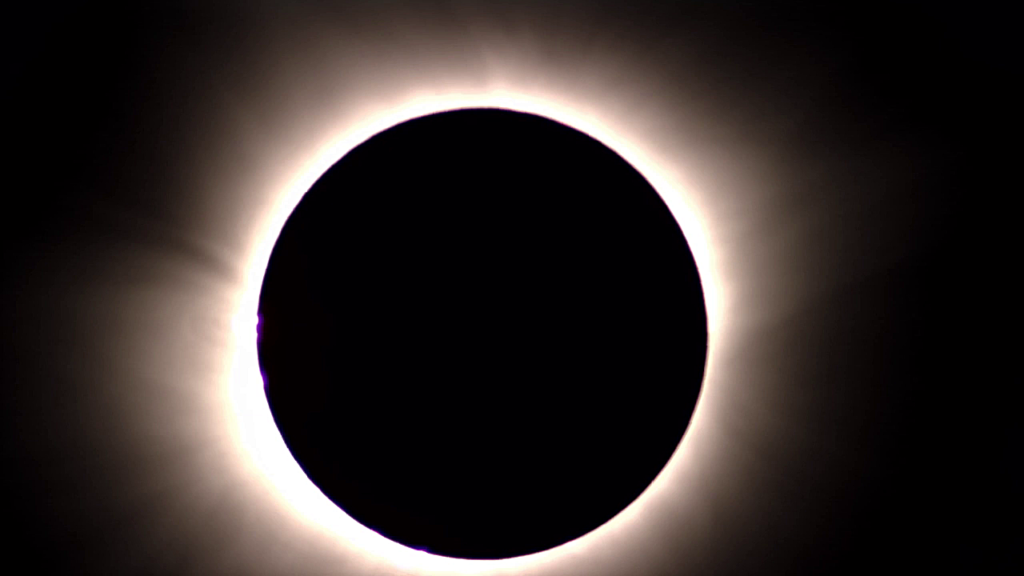
On April 8th, 2024, parts of North America were plunged into darkness during the daytime, leading some people to think it was the end of the world. Prior to the event, there was massive media attention. Many in Africa believed the eclipse would also be visible on our continent. This post will guide you through everything you need to know about this celestial event and our efforts to capture it with our telescope proposal at the Slooh telescopes.
A solar eclipse occurs when the Moon passes between the Earth and the Sun, temporarily blocking the Sun’s light. There are three main types of solar eclipses:
1. Total Solar Eclipse: The Moon completely covers the Sun, casting a shadow on Earth.
2. Partial Solar Eclipse: The Moon obscures only part of the Sun.
3. Annular Solar Eclipse: The Moon covers the center of the Sun, leaving a ring-like appearance called the “ring of fire.”
Solar eclipses happen because of the specific alignment of the Sun, Moon, and Earth. Two factors contribute to this alignment: the elliptical orbit of the Moon and its tilt relative to the Earth. During apogee, when the Moon is farthest from Earth, an annular solar eclipse occurs. During perigee, when the Moon is closest to Earth, a total solar eclipse occurs. Moreover, the Moon’s tilt relative to Earth’s orbit around the Sun means that eclipses don’t happen every month. When these celestial bodies align perfectly, a solar eclipse occurs, with the Moon casting its shadow on Earth.
The April 8th, 2024 eclipse was a total solar eclipse. During a total solar eclipse, the Moon’s shadow creates a path called the Path of Totality on Earth’s surface. Regions around this path observe a partial solar eclipse. On April 8th, 2024, the path of totality started in Mexico, passed through the United States, and ended in Canada.
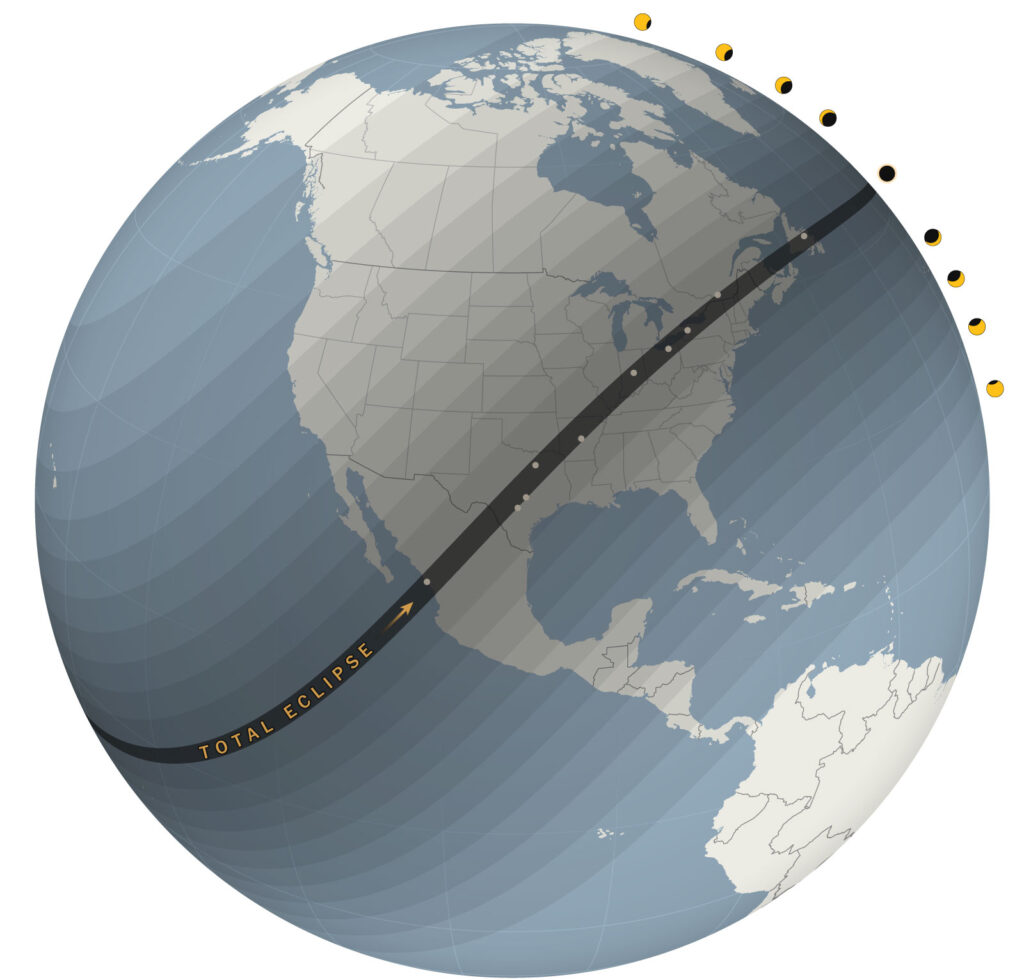
At PACS e-Lab, we observed the entire event through our telescope subscription on the Slooh telescopes. We captured numerous images, a few of which are displayed below, while the rest are available on our Google Drive for public use. This demonstrates the power of remote observing.
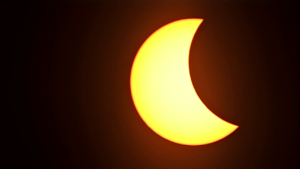
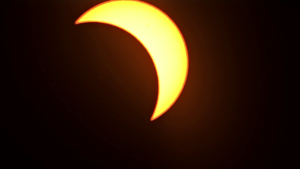
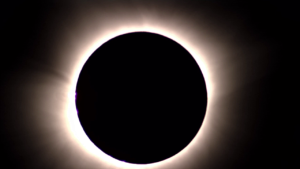
Use the links to view and download all the images we captured with our observation time on the Slooh telescopes. The above images are just samples. Before Totality, During Totality, and After Totality.
